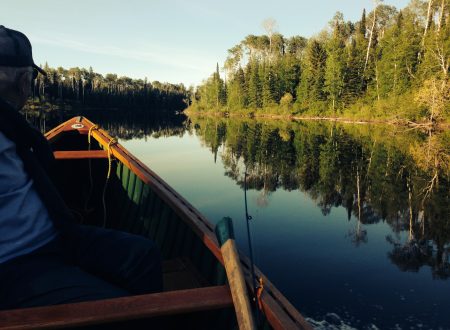The Family Homes on Reserves and Matrimonial Interests or Rights Act is a new law that has recently been passed by the federal government. At some future date it will be proclaimed to be in force.
The Act empowers First Nations to make their own laws in relation to certain family law matters including the possession of on-reserve family homes on the breakup of a relationship. If a First Nation does not make such laws within one year of the Act coming in force, “Provisional Federal Rules” regarding these matters will begin to apply.
Understanding the significance of this new legislation requires some broader context. Generally, on the break-up of a relationship, family law contains provisions about support obligations, provisions about temporary possession of a family home, and (in the case of a formal legal marriage) provisions about equalization of family property. But courts have found some of these laws relating to property and the matrimonial home don’t always apply on reserve.
Spousal Support: Who does it apply to?
Prior to this new Act, both provincial and federal legislation about spousal support obligations on the break-up of a relationship applied equally to all Aboriginal people, including “status Indians” living on reserve. They will continue to apply, on and off-reserve. However, court orders about spousal support can be unenforceable in practice if the partner to the relationship who is owed support is not a “status Indian”, and most of the property of the spouse owing support is on-reserve. This is because of the provision of the Indian Act which prohibits seizure of on-reserve property by anyone other than a “status Indian” or a First Nation. The new Act will not change this situation.
Possession of the Matrimonial Home: Who does it apply to?
Under the current regime, courts cannot make orders at all about the possession of a family home if it is located on reserve, since this is governed exclusively by the Indian Act reserve lands provisions. Nor can Courts make orders (as is routine for off-reserve homes) requiring the sale of an on-reserve family home (or any other on-reserve real property interests) and division of the proceeds when required to implement equalization of family property.
What will the new Act do?
These effects were seen as gaps, which the new Act was designed to fill. The new Act tries to fill these gaps, first, by empowering First Nations to make their own laws about such matters. These laws could be passed as stand-alone laws under the new Act, or could be part of a land code made under the First Nations Land Management Act. There are no restrictions in the Act on the content of such First Nation laws, but they must be approved by a community referendum at which at least 25% of eligible voters participate. Since the Act views the powers of First Nations to pass their own laws as delegated powers, any Charter limits on content would apply to such First Nation laws.
If a First Nation does not make such laws within one year of the Act coming in force, “Provisional Federal Rules” regarding these matters will begin to apply. These rules implement an approximation of family law as it applies off-reserve to reserve property. For example, they empower a Court to make an order giving exclusive possession of a family home on-reserve for an indefinite period (possibly for life) to a former partner of a relationship – even if the partner is not Aboriginal.
One significant difference in the Provisional Federal Rules from general off-reserve family law is that equalization of family property applies to common law spouses, not just to formally legally married spouses. In order to make the equalization, a court may in some cases order the transfer of an on-reserve land interest to a partner of a relationship who is a member of the First Nation in question (but not to a non-member).
The Act has come under considerable criticism as being disrespectful of Aboriginal self-governance. Although there seems to be widespread acceptance that there was a legal gap that needed to be addressed, there has been much criticism of the specific content of the Act, of the insufficient consultation in the process by which it was drafted, and of the failure to heed the input that was given in the consultation that did take place.
If a First Nation chooses to develop its own laws as contemplated by the Act, it will face the daunting task of working at the intersection of the effects of the Indian Act (based in 19th century European concepts of paternalism), and provincial family law about property (based in late 20th century European concepts of equality), all the while trying to implement its own indigenous customary law. It’s quite a challenge.
Related Posts

The Legal Imperative: Must versus Shall
(Posted March 11, 2021)
In normal conversation, if I tell you that you must do something, that would be understood as an imperative command. However, lawyers have undergone years of…
Read More...
Bill C-15 (UNDRIP Act) Commentary
PDF version available here. …
Read More...
Northern Gateway Approval Quashed
In late June 2016, the Federal Court of Appeal, in a split decision, (Gitxaala Nation v. Canada) quashed the approval of Northern Gateway Pipeline, because of insufficient…
Read More...

